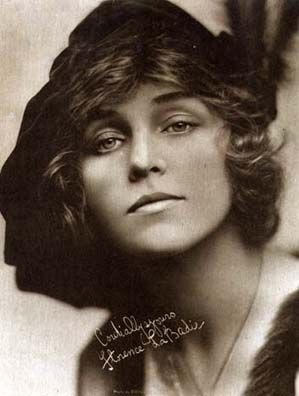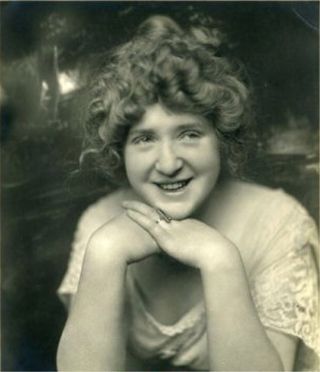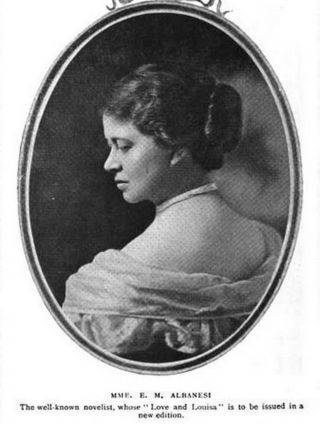
These are the films directed, produced and distributed by the Thanhouser Company , the pioneering American motion picture studio of New Rochelle, New York.

These are the films directed, produced and distributed by the Thanhouser Company , the pioneering American motion picture studio of New Rochelle, New York.


Florence La Badie was an American-Canadian actress in the early days of the silent film era. She was a major star between 1911 and 1917. Her career was at its height when she died at age 29 from injuries sustained in an automobile accident.

A Few Quick Ones is a collection of ten short stories by P. G. Wodehouse. It was first published in the United States on 13 April 1959 by Simon & Schuster, New York, and in the United Kingdom on 26 June 1959 by Herbert Jenkins, London. The first US edition dust jacket was designed by Paul Bacon. The book's title comes from the informal phrase "a quick one", which is British slang for an alcoholic drink consumed quickly.

Eggs, Beans and Crumpets is a collection of short stories by P. G. Wodehouse, first published in the United Kingdom on April 26, 1940 by Herbert Jenkins, London, then with a slightly different content in the United States on May 10, 1940 by Doubleday, Doran, New York.

Arthur Hoyt was an American film character actor who appeared in more than 275 films in his 34-year film career, about a third of them silent films.

Bess Meredyth was a screenwriter and silent film actress. The wife of film director Michael Curtiz, Meredyth wrote The Affairs of Cellini (1934) and adapted The Unsuspected (1947). She was one of the 36 founders of the Academy of Motion Picture Arts and Sciences.

Triangle Film Corporation was a major American motion-picture studio, founded in July 1915 in Culver City, California and terminated 7 years later in 1922.

Marguerite Snow was an American silent film and stage actress. In her early films she was billed as Margaret Snow.

Mignon Anderson was an American film and stage actress. Her career was at its peak in the 1910s.

Harry Benham was an American silent film actor.

Marie Eline was an American silent film child actress and sister of Grace Eline. Their mother was an actress.

Ethyle Cooke was an American silent film actress of the 1910s. In 1915, she married another prominent silent film actor of the time, Harry Benham. Cooke starred in many popular films, such as A Small Town Girl, Stronger than Death, and The Fugitive.

William Russell was an American actor, film director, film producer and screenwriter. He appeared in over two hundred silent-era motion pictures between 1910 and 1929, directing five of them in 1916 and producing two through his own production company in 1918 and 1925.
These are the films directed by the pioneering American filmmaker D. W. Griffith (1875–1948). According to IMDb, he directed 518 films between 1908 and 1931.

Effie Adelaide Maria Henderson was a British novelist, better known under the pen names Effie Adelaide Rowlands, E. Maria Albanesi and Madame Albanesi. She was the author of more than 250 romance novels and short-stories for magazines and newspapers.
Bert Haldane (1871–1937) was a British film director of the silent era.

Herbert Standing was a British stage and screen actor and the patriarch of the Standing family of actors. He was the father of numerous children, many of whom had careers in theatre and cinema. Toward the end of his life, he appeared in many Hollywood silent films.
The following is a list of films by Edwin S. Porter, head producer at the Edison Manufacturing Company owned by Thomas A. Edison, between 1900 and 1909. Later films were produced at the Rex Motion Picture Company and Famous Players Film Company.

Jack Harvey was an American film actor, director and screenwriter, noted for his short films of the silent period.

A Dog's Love is a 1914 American short silent fantasy drama film with subtitles, directed by Jack Harvey on his directorial debut. It stars Shep the Dog, Helen Badgley, and Arthur Bauer. The film is about a dog who loses his best friend, when a young girl is killed in an automobile accident, and focuses on his emotions in dealing with his loss. Well-received because of its "universally appealing" theme, the dog's emotions were reported as surpassing the child's histrionics.